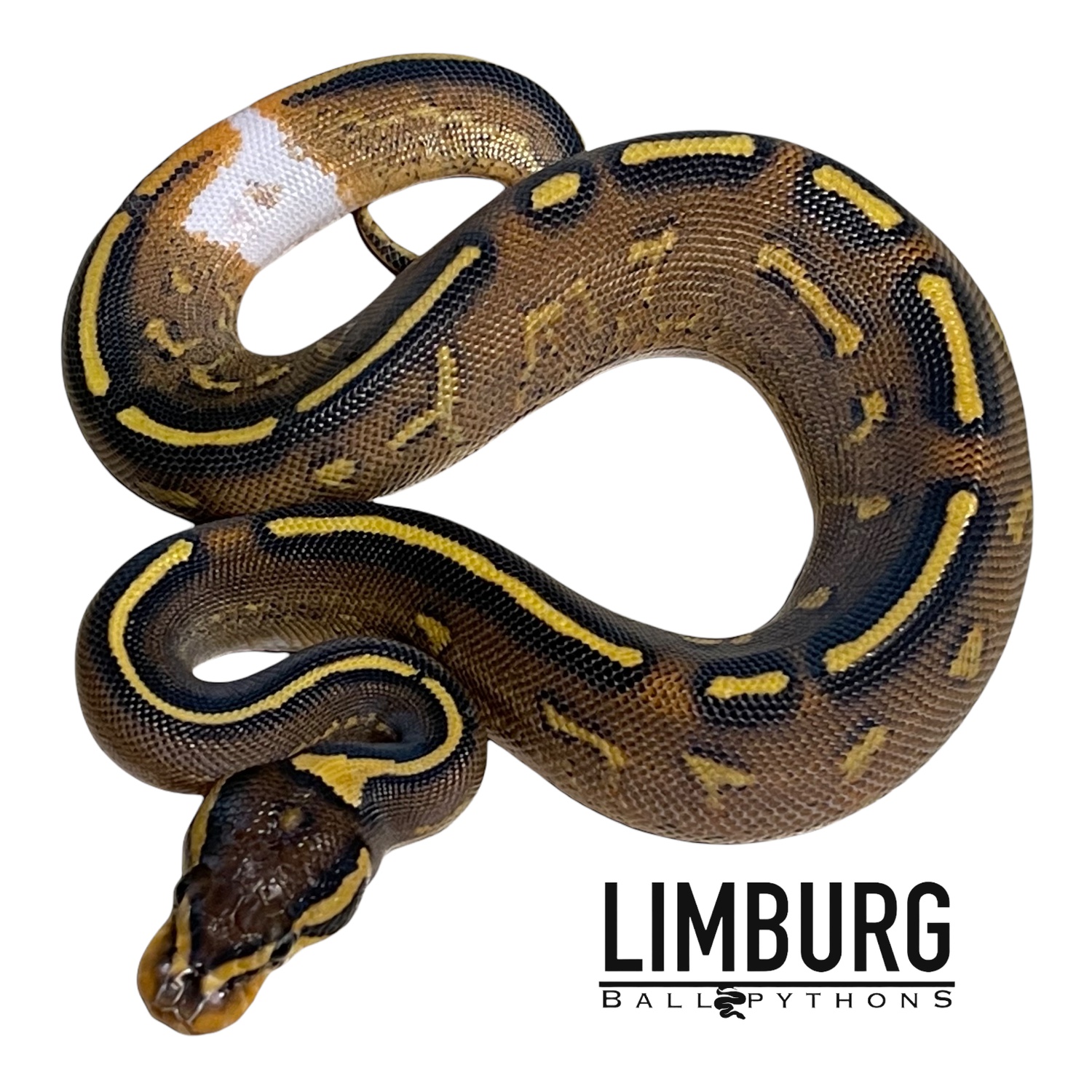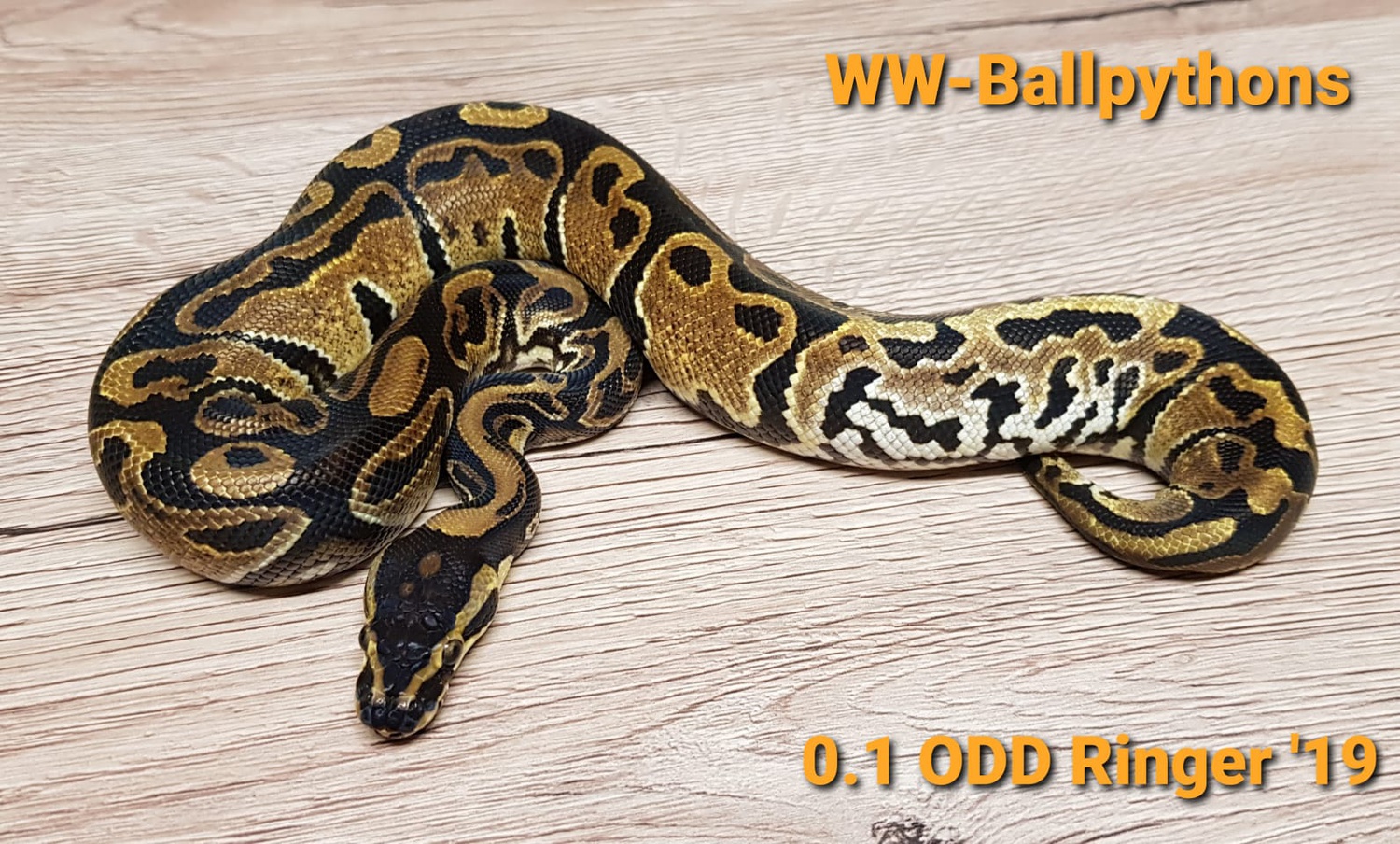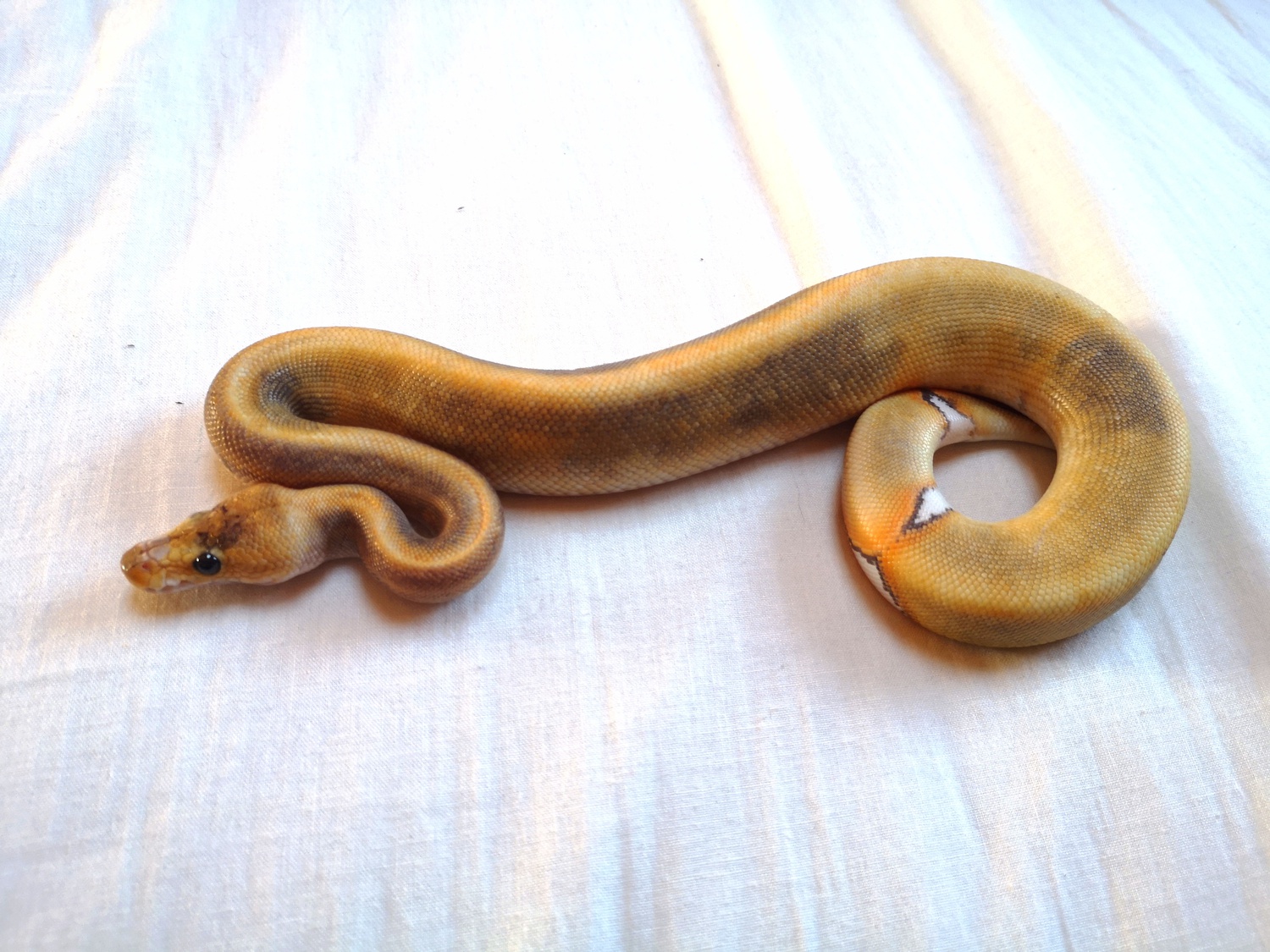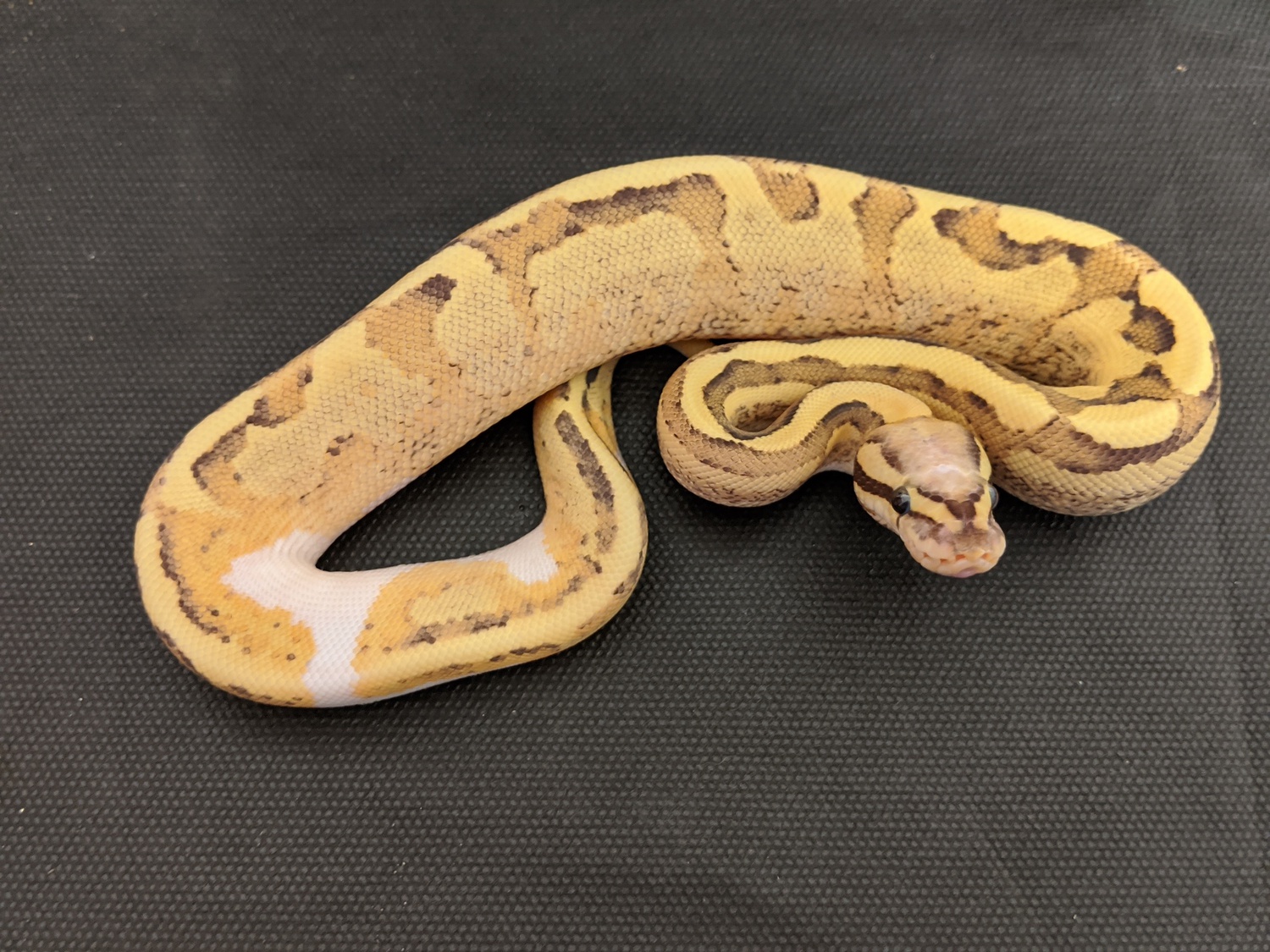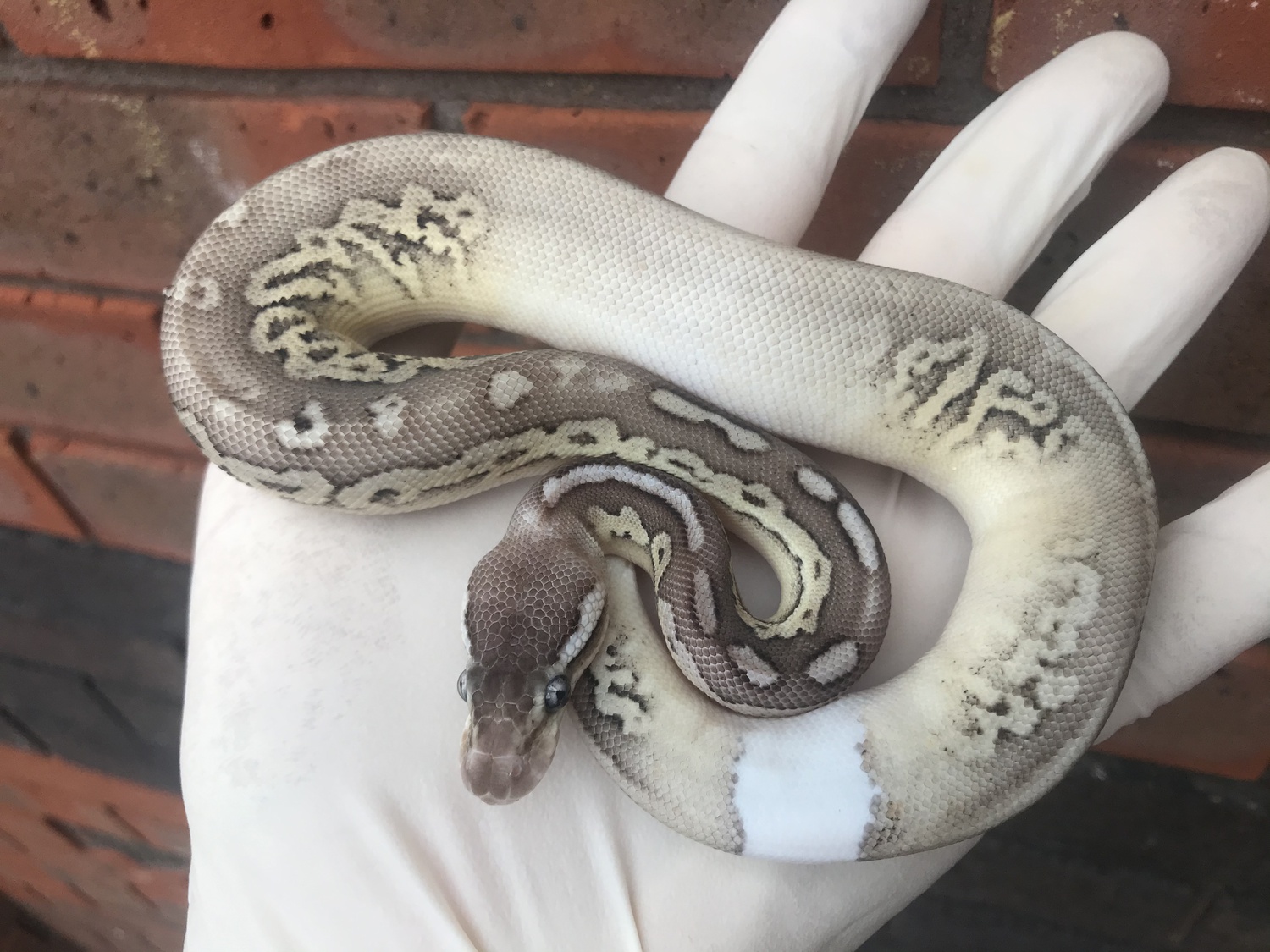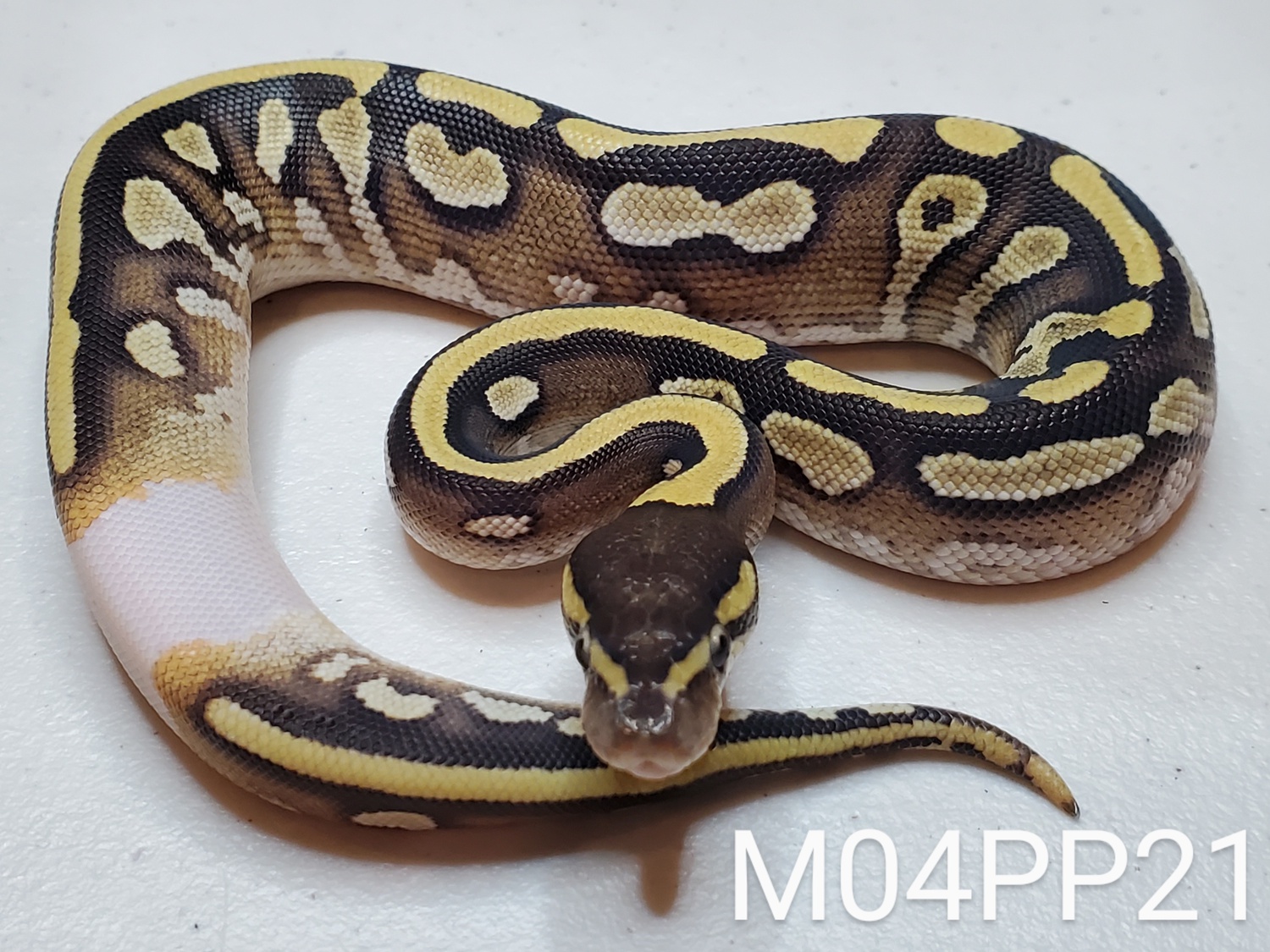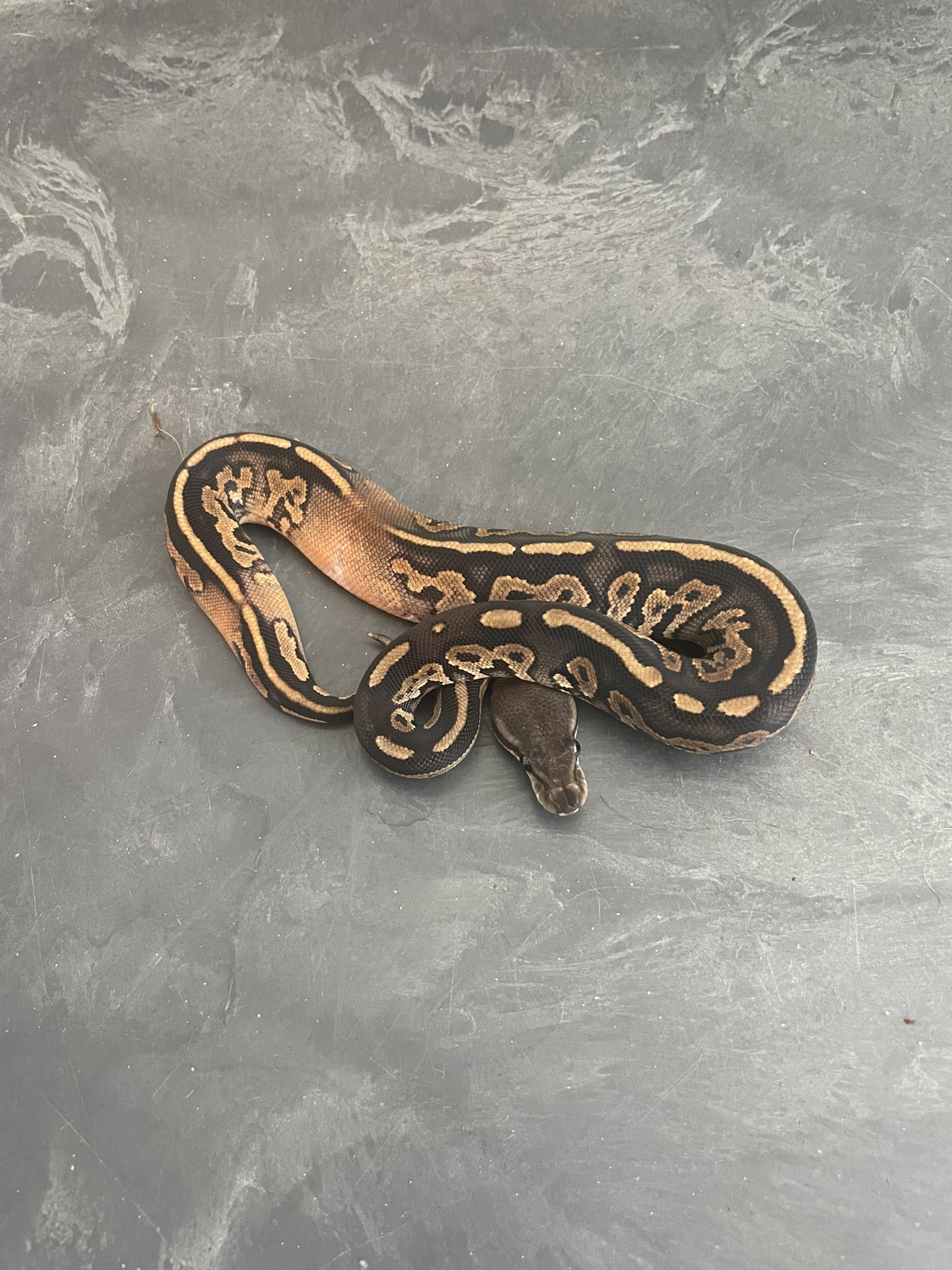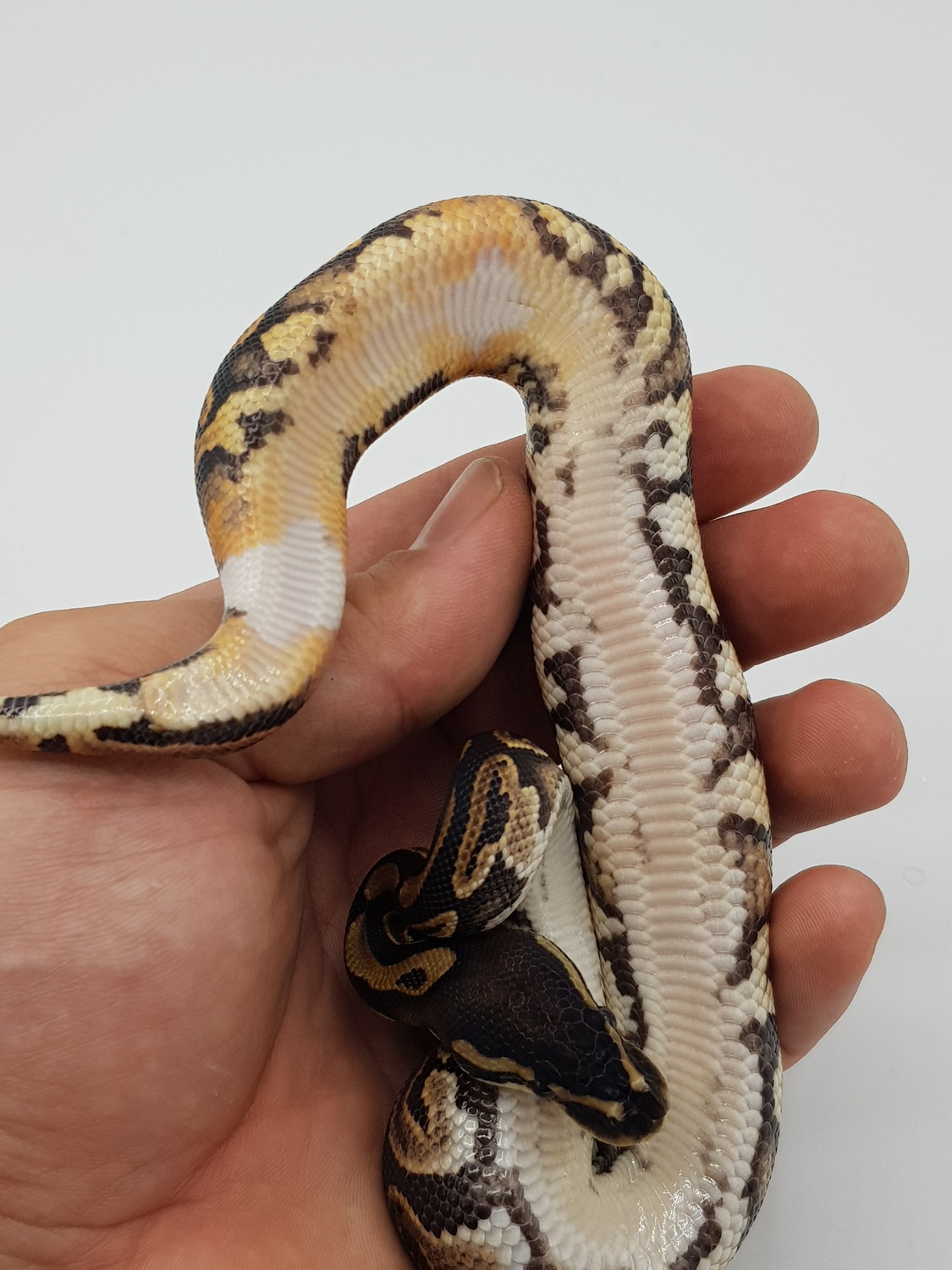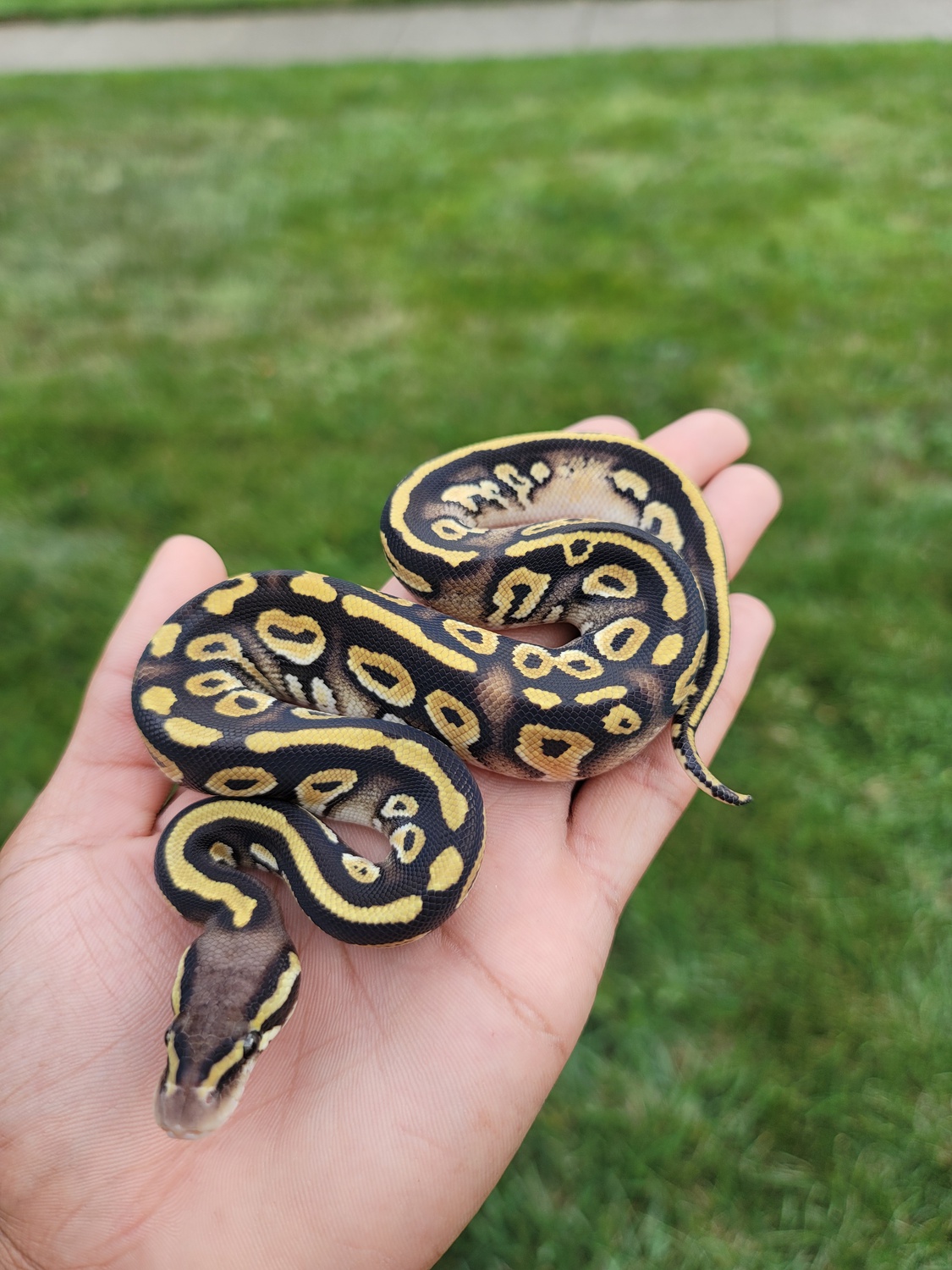Ringer Mark
Type: Other
Aliases: Poor Man’s Pied, Bull’s Eye
First Produced In: Unknown
Last Updated: 2021-11-09
Do you have any suggestions or corrections for this article?
Click here to contribute feedback
About
“Ringer markings” are separate from, and unrelated to the Ringer gene. Animals displaying “ringers” have been encountered pretty much since the beginning of the hobby and have never been proven to be a genetically inherited trait. There is a loose association of this phenotype in het Piebald animals, but the presence of a “ringer” is NOT a guarantee that an animal will prove to be het Pied. BlkPastel complex and Champagne also seem to have a higher frequency of producing “ringer marks”, this is likely associated with the genetic cause of the mutations.
History
No history yet
Appearance
Head
Normal.
Body
Normal except for the presence of a white marking or continuation of the ring seen on the dorsal portion of the animal.
“Ringer markings” are most often seen as a white or discoloured marking or ring pattern near the vent. On rare occasion, these markings are seen further up the body. The more prominent white type of marking is often bordered in orange, much like the markings seen in Piebald. Because of this, animals displaying “ringer marks” are often referred to as a “Poor Man’s Pied”. Some “ringer marks” are barely noticeable, appearing as only a slight discolouration or area of increased “flames”. In examples like this, there is often a small area of pure white visible on just the belly scales.
Belly
Normal except for the presence of a white marking or continuation of the ring seen on the dorsal portion of the animal.
Tail
Normal.
Controversy
There is often confusion when discussing this trait and the unrelated Ringer gene
Proven Lines
No known proven lines
Related Traits
No known related traits
